Buy the photo Serpens Nebula (NIRCam) by NASA and Space on canvas, ArtFrame, poster and wallpaper, printed on demand in high quality.
About "Serpens Nebula (NIRCam)"
by NASA and Space
About the artwork
In this image of the Serpens Nebula, captured by the Near-Infrared Camera (NIRCam) on NASA’s James Webb Space Telescope, astronomers identified a cluster of aligned protostellar outflows in a small region (top left corner). These jets are represented by bright, clumpy red streaks, which are shockwaves caused by the jets colliding with surrounding gas and dust.
The Serpens Nebula, situated 1,300 light-years from Earth, hosts a particularly dense cluster of newly forming stars, approximately 100,000 years old. Some of these stars will eventually reach the mass of our Sun.
This region has also been the site of other notable discoveries, such as the flapping “Bat Shadow.” This phenomenon was named after 2020 data from NASA’s Hubble Space Telescope showed a shadow from a star’s planet-forming disk shifting or flapping. This feature is visible at the center of the Webb image.
To the right of the “Bat Shadow,” there is another fascinating feature—an eye-shaped crevice that appears as if a star is bursting through. However, astronomers caution that this might be an illusion caused by gases of different densities layered on top of one another, similar to the famous Pillars of Creation.
Further to the right, an extremely dark patch could be a similar phenomenon. The gas and dust in this area are so dense compared to the rest of the region that no near-infrared light can penetrate through.

About NASA and Space
 Netherlands
Netherlands Ordered in February 2023
Ordered in February 2023
 Germany
Germany Ordered in January 2025
Ordered in January 2025
 Netherlands
Netherlands Ordered in February 2022
Ordered in February 2022
 Germany
Germany Ordered in April 2022
Ordered in April 2022
 Germany
Germany Ordered in January 2022
Ordered in January 2022
 Germany
Germany Ordered in January 2021
Ordered in January 2021
 Germany
Germany Ordered in July 2020
Ordered in July 2020
 Netherlands
Netherlands Ordered in December 2021
Ordered in December 2021
 Netherlands
Netherlands Ordered in June 2021
Ordered in June 2021
 Netherlands
Netherlands Ordered in January 2018
Ordered in January 2018

 Netherlands
Netherlands Ordered in December 2023
Ordered in December 2023
 Netherlands
Netherlands Ordered in June 2020
Ordered in June 2020
About the material
ArtFrame™
Interchangeable Art Prints
- High-quality print
- Easily interchangeable
- Acoustic function
- Large sizes available
Discover the artworks of NASA and Space
 Kepler-186f - Where the grass is always redder on the other sideNASA and Space
Kepler-186f - Where the grass is always redder on the other sideNASA and Space The Grand Tour - A once in a lifetime getawayNASA and Space
The Grand Tour - A once in a lifetime getawayNASA and Space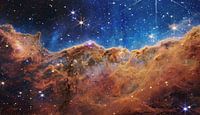 “Cosmic Cliffs” in the Carina NebulaNASA and Space
“Cosmic Cliffs” in the Carina NebulaNASA and Space “Cosmic Cliffs” in the Carina NebulaNASA and Space
“Cosmic Cliffs” in the Carina NebulaNASA and Space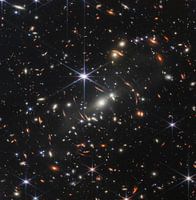 Webb's First Deep FieldNASA and Space
Webb's First Deep FieldNASA and Space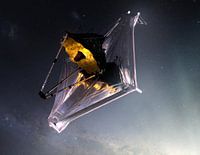 James Webb Space TelescopeNASA and Space
James Webb Space TelescopeNASA and Space Pillars of CreationNASA and Space
Pillars of CreationNASA and Space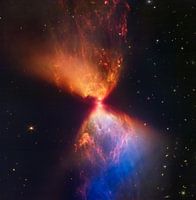 The birth of a starNASA and Space
The birth of a starNASA and Space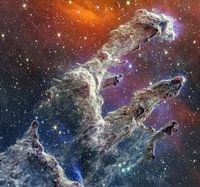 Pillars of Creation (NIRCam and MIRI Composite Image)NASA and Space
Pillars of Creation (NIRCam and MIRI Composite Image)NASA and Space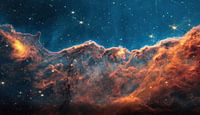 Carina Nebula JetsNASA and Space
Carina Nebula JetsNASA and Space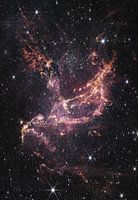 Star forming region NGC 346NASA and Space
Star forming region NGC 346NASA and Space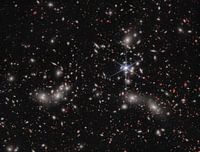 Pandora ClusterNASA and Space
Pandora ClusterNASA and Space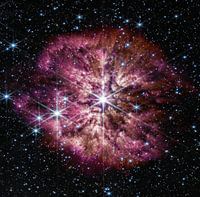 WR 124: Prelude to SupernovaNASA and Space
WR 124: Prelude to SupernovaNASA and Space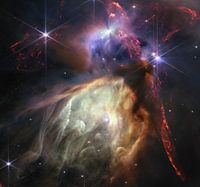 Rho OphiuchiNASA and Space
Rho OphiuchiNASA and Space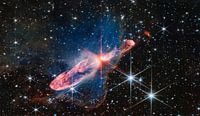 Forming stars: Herbig-Haro 46/47NASA and Space
Forming stars: Herbig-Haro 46/47NASA and Space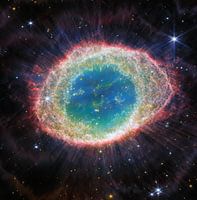 Ring NebulaNASA and Space
Ring NebulaNASA and Space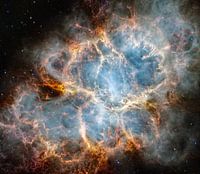 Crab NebulaNASA and Space
Crab NebulaNASA and Space Sagittarius C - 500,000 starsNASA and Space
Sagittarius C - 500,000 starsNASA and Space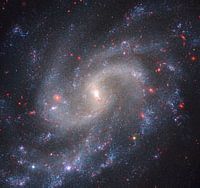 Spiral galaxy NGC 5584NASA and Space
Spiral galaxy NGC 5584NASA and Space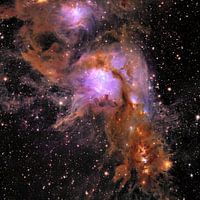 Messier 78, a star formation in a cloud interstellar dustNASA and Space
Messier 78, a star formation in a cloud interstellar dustNASA and Space
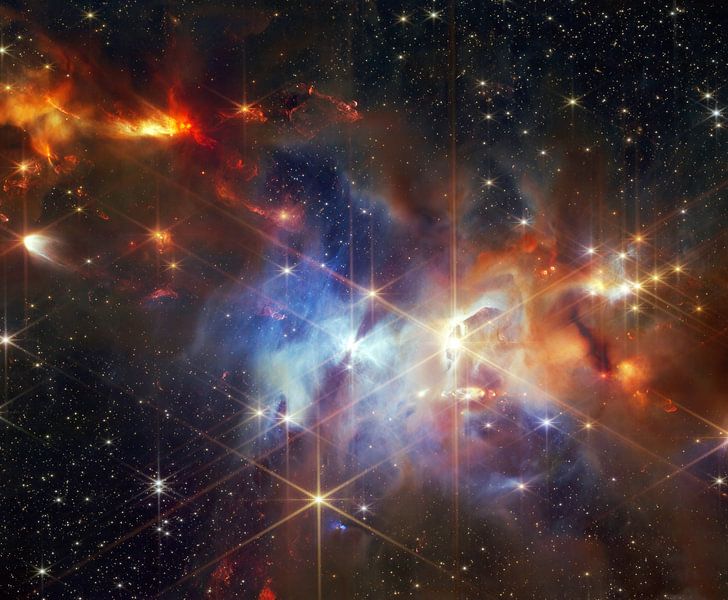


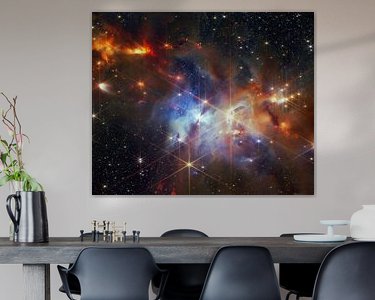


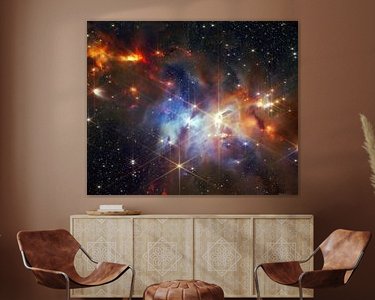

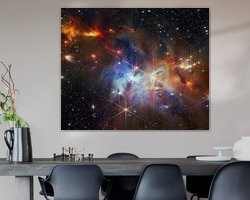

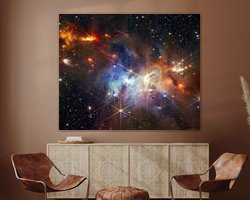

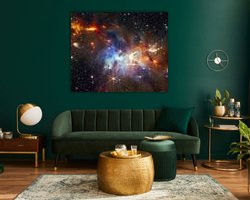
 Astrology and Space
Astrology and Space Dreamy Escapes
Dreamy Escapes Mysterious Spheres
Mysterious Spheres Photo wallpaper
Photo wallpaper Photography
Photography Powerful Expression
Powerful Expression Serene Peace
Serene Peace Vibrant Colors
Vibrant Colors









